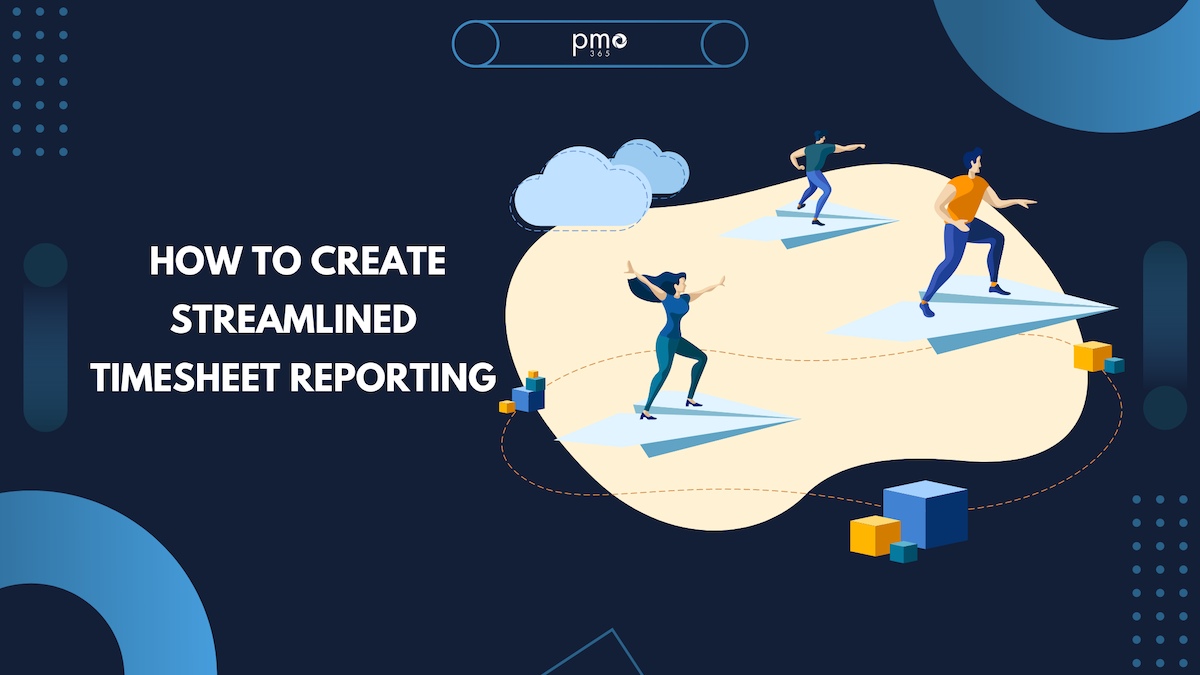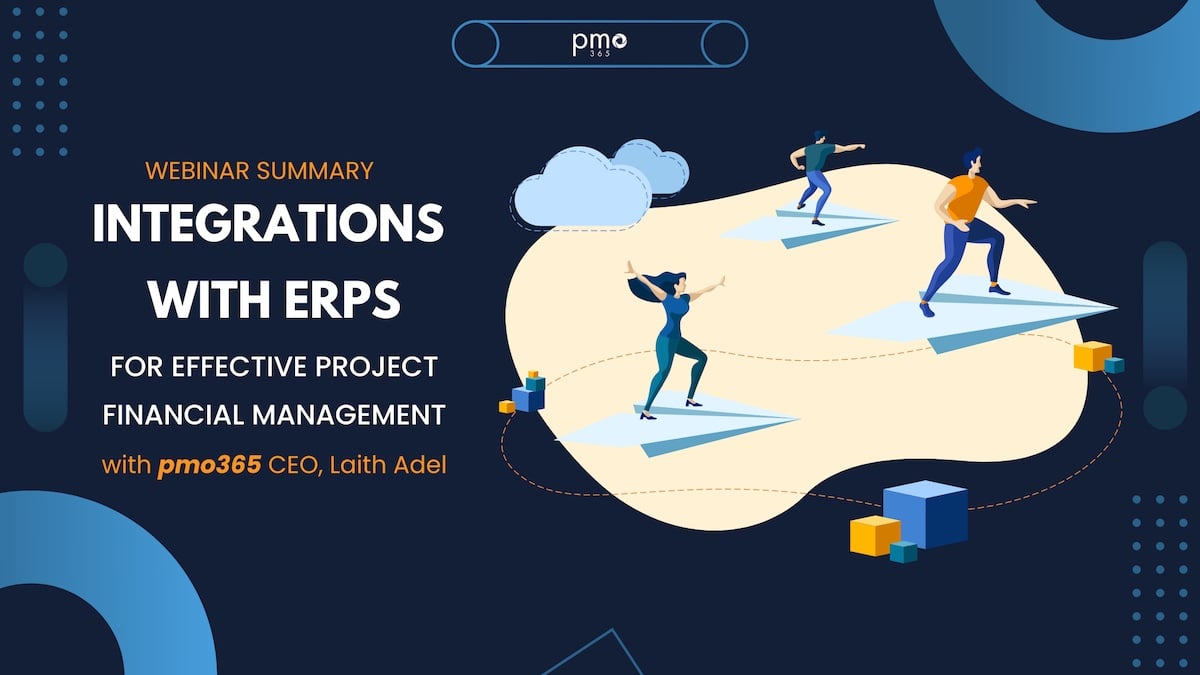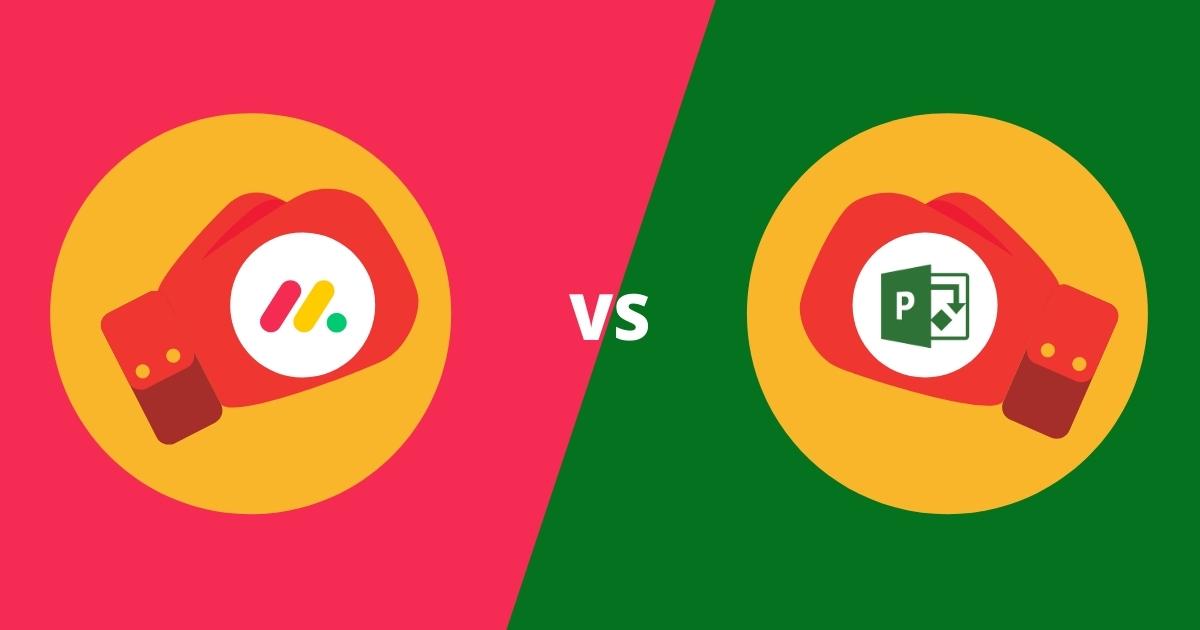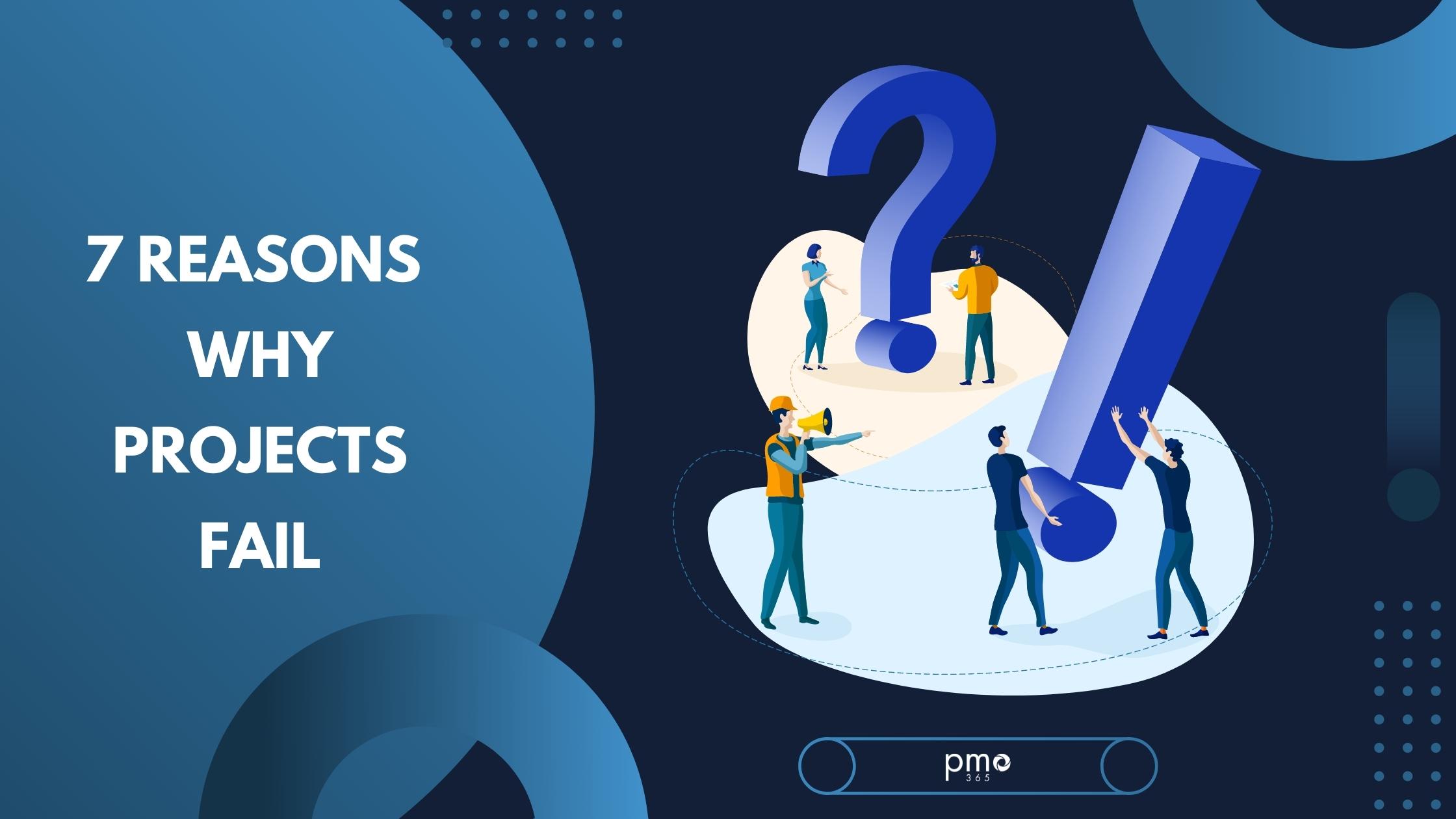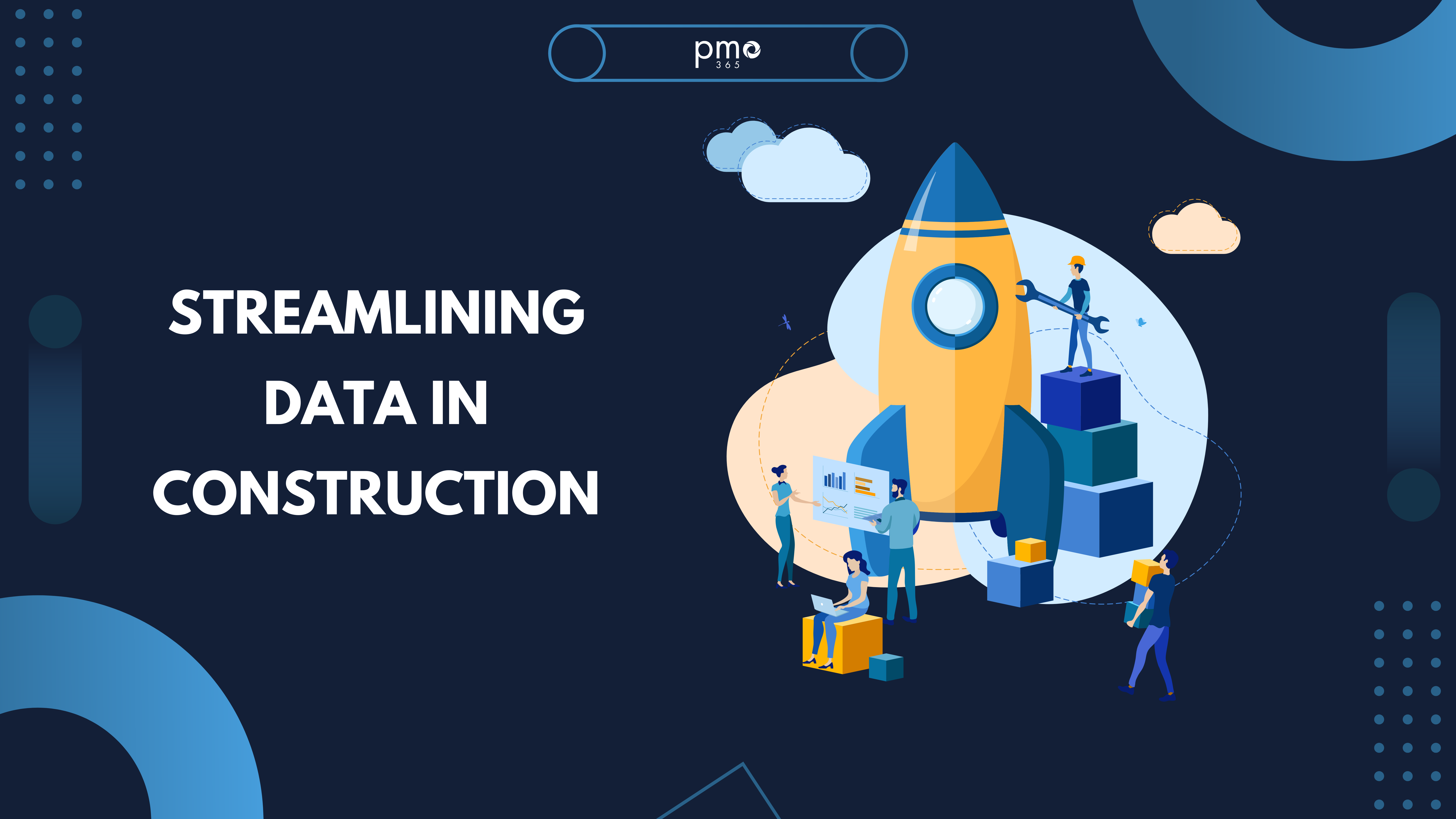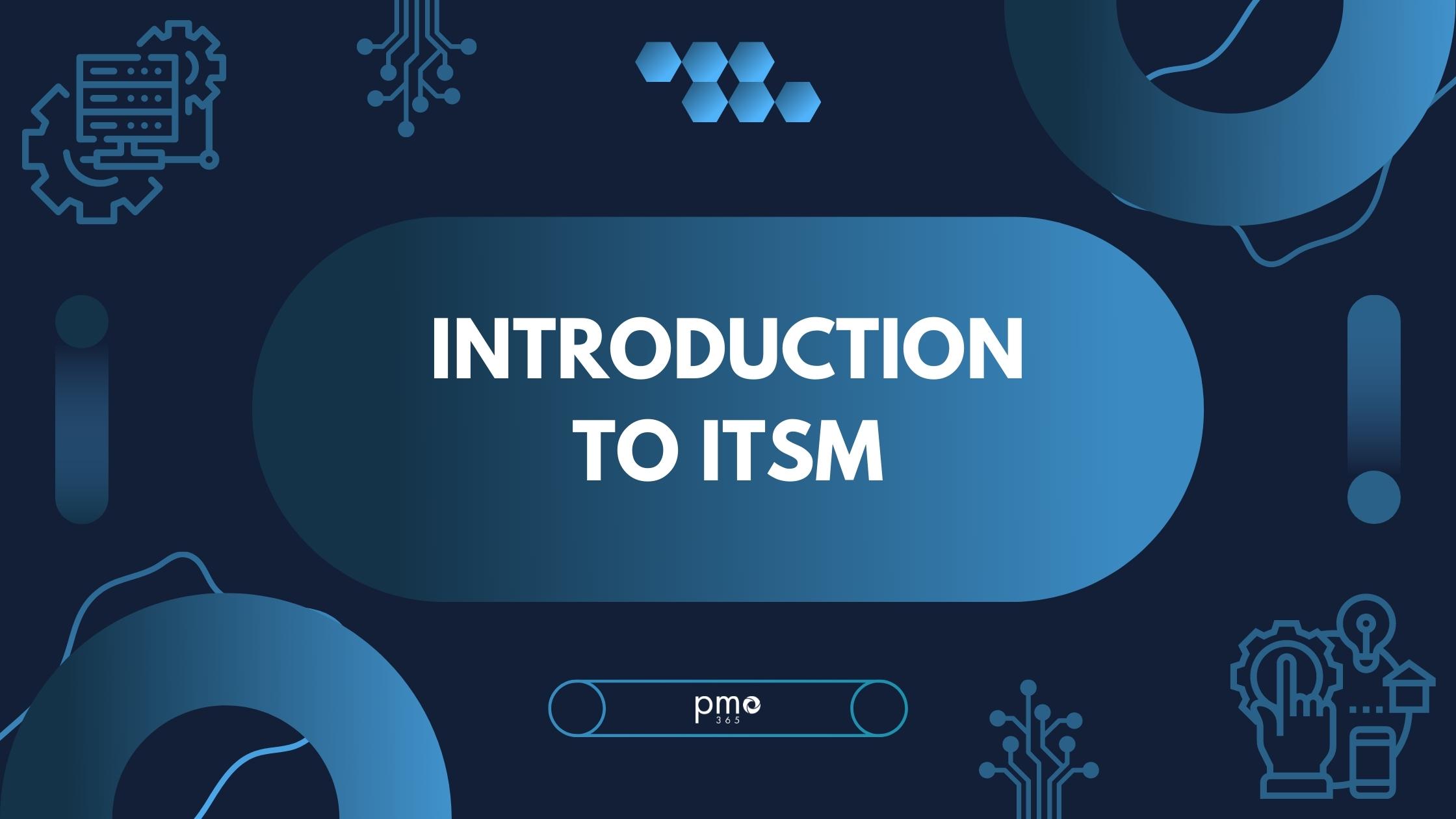Key Points:
- Enterprise reporting software and the EPMO are becoming essential features of complex organisations that require consistent and coherent reporting.
- Modern enterprise reporting software solutions are automating many project portfolio management processes and reporting functions.
- The best PPM enterprise software will tailor a solution to your needs, including customisation and integration of your existing applications, and provide a ‘single source of truth’ for all enterprise data.
- Low code/no code platforms like the Microsoft Power Platform allow users to build enterprise-wide, real-time functionality and visibility.
- PMO365 configures the Power Platform on your Microsoft 365 cloud and delivers a comprehensive library of Apps, Flows, Reports and Connectors developed over 15 years of assisting industry with PPM.
- Up-to-the-minute, real-time reports and dashboards using Microsoft Power BI deliver coherent, enterprise-wide reporting and insights.
- PMO365’s subscription model and iterative deployment strategy makes the transition to your Power Platform environment quick and easy.
The Enterprise Project Management Office (EPMO) is increasingly being used by organisations with large, complex portfolios to deliver a clear view of all activities. Its role is aligning project, program and portfolio management with enterprise-level strategic goals. The EPMO assists decision makers to create realistic plans and keep a close watch on budgets and resource availability. Its activities include portfolio management, governance procedures, stakeholder communication and management, risk management, resource management, and much more.
However, managing multiple projects, programs, or portfolios presents a major challenge. That’s because lots of critical data sits in disparate locations across the enterprise, often in different applications and hard-to-access formats.
That makes collecting, sorting and deploying data both time-consuming and complex. When tracking demands more frequent reporting, the task becomes even harder.
The All-of-Enterprise Solution
Today, enterprise reporting software and project management solutions help the EPMO overcome many of these challenges. They deliver real-time, enterprise-wide visibility across many different activities and divisions. The result is reduced delays, greater accuracy, and fewer overheads.
They also make life easier by introducing reliable metrics, and easy-to-read reports and graphics powered by ‘business intelligence‘ tools that process complex data.
However, making the transition to a fully cloud-based enterprise solution is not a straightforward exercise. How to make the transition to a new platform without disruption? How secure is it? What is the best reporting software for building business strategy?
The Best PPM Solution and Enterprise Reporting Software for Business
Platforms that tailor solutions to your unique organisation are preferable. But there are also some general features which are essential:
- Flawless security: Top level security creates a single sign-on for each user with access on a need-to-know basis. Smart authentication and authorisations require very few logins and only provide access to the information that is relevant to each user.
- Customisation: Can you customise apps and tools to your requirements? This is easily done in some solutions. For others, the process is more difficult (and possibly more expensive).
- Drag and drop (low/no code) functionality: In the same vein, does your solution allow users to create their own business tools and custom reports? Easy-to-use, ‘low code/no code’ platforms increase efficiency and reduce the need for expensive software coding. They also encourage deeper understanding and quick adoption by employees.
- Sophisticated reports: Intelligent business solutions have a variety of built-in reports and dashboards that meet and exceed best practice. Reports should be able to rank priorities according to a variety of control data and offer professional insights on the latest enterprise-level information.
- Dashboards: High level graphic displays in simple, easy-to-understand formats are essential. Powerful, interactive design capabilities give stakeholders a fuller understanding of the data and potential insights.
- Regular reporting: A consistent schedule for both ‘Analytical Reporting’based on an historical view of data at set intervals (e.g., daily, weekly, monthly and annually etc.), and ‘Operational Reporting’ (recording day-today activities in real-time) is important for tracking progress across all portfolios.
- Workflows: The ability to create and trigger automatic workflows smooths collaboration between departments and speeds up business functions. Custom ‘Flows’ based on approvals, actions, or changes in data, vastly improve efficiency and communication.
- API’s (Application Programming Interfaces): Connectors that let your solution communicate easily with other software platforms and applications increase cohesion and reduce reporting delays. Integration capabilities are a fact of life in the modern work environment, where users of many different apps and tools need to be able to talk to one another.
The Customisable Solution for EPMOs
In the past, EPMOs chose a single enterprise reporting software platform for all users. Now, organisations are looking for flexible solutions that allow for a diversity of data sources. Due to the rigidity and the expense of investing in new software from scratch (when there’s no guarantee it will even be fit-for-purpose), EPMOs are embracing platforms with customisable tools and the ability to integrate with many different applications.
That’s simply because it’s not practical to make every project or program manager adopt the same tools and processes; each department or business unit has developed its own reliable project methodologies over time. A ‘one-size-fits-all’ platform only leads to resistance and delays.
Nevertheless, EPMOs need visibility across many projects and programs in order to drive control and consistency in the way projects are delivered.
So, coherency across project reports and processes demands a highly adaptable, yet centralised service that delivers a ‘single source of truth’ for all enterprise data.
Microsoft’s Power Platform
Microsoft’s ‘Power Platform‘ is a popular solution that lets users configure their own business applications and processes, with easy integrations of their tried-and-true apps and ERPs (Enterprise Resource Planning software).
Instead of data scattered across a lot of different locations, the Power Platform integrates virtually every conceivable source of data into real-time, corporate level reporting and collaboration.
EPMOs have access to ‘drag and drop’, low code/no code development tools that allow them to generate corporate reports and dashboards with just a few clicks. Low code/no code lets each business unit customise its own processes and project methodology.
‘Citizen developer’ projects like these have been found to not only reduce costs but improve business efficiency, according to a Total Economic Impact study by Forrester’s. By streamlining and automating many business functions, as well as creating useful applications, low code/no code tools realise significant efficiency gains.
There are over 900 Microsoft and non-Microsoft applications that connect to the Platform’s ready-to-go API (Application Programs Interface) connectors. These include powerful ERPs like Oracle and Microsoft Dynamics, as well as collaborative tools like Jira, Teams and Slack, CRMs and spreadsheets like Excel, and a host of marketing and management apps including Ellipse, ServiceNow and MailChimp.
Enterprise Reporting Software and pmo365
Microsoft preferred developer solutions like pmo365 assist organisations to configure their enterprise Power Platform with a comprehensive and tailored solution. A single monthly subscription payment delivers the entire solution; there are no up-front fees or hidden costs. And, once installed, subscription levels can be varied or cancelled at any time without any loss of data or functionality.
In addition, pmo365 makes the transition to an enterprise-wide, single source of truth in well-articulated stages that incorporate all project departments and their data.
The new environment is developed, tested and deployed over a three week ‘Sprint cycle‘. Subsequent Sprints configure apps, integrations and flows that link all the project divisions together.
The PMO365 Power App Library
PMO365 is also a solution library that features best practice Apps, Flows, Reports and Dashboards for every conceivable business function. The library has been developed from over 15 years working in PPM management for industry. It contains enhancements for Project Management, Portfolio Analysis, Resource availability management, and much more. It also provides useful templates and tools for managing tasks like site assessments, budget submissions, payment requests, purchasing, and so on with automatic updates of information in real time.
To make things even easier, there are ‘Ready-to-Go’ starter editions of PMO365 that combine popular Apps and Flows for different industries. However, you still have access to the complete library and all new apps as they drop in future.
You can select a higher level of subscription to receive a dedicated DevOps squad that provides ongoing configurations, integrations, training and support. Or, a ‘Fully Managed’ subscription brings PPM management experts onsite to mentor, coach and train PMO staff for optimum efficiency.
Making a Quick Transition with I.I.R.
One of the most important challenges facing a large organisation moving to a new platform is the loss of activities due to downtime and staff training. PMO365’s ‘I.I.R.’ Strategy (Introduce. Integrate. Replace) minimises the potential for disruption and provides a clear roadmap to the desired outcomes.
- Introduce: In the first phase, a standard project application (eg ‘the project centre app’) is introduced into each project group or division. The app manages enterprise-level (or ‘Core’) reporting requirements. Thereafter, the PMO365 solution library of apps, flows, reports, and connectors is deployed and configured to each division. The library lets different project management methodologies and applications work together under a single, comprehensive data reporting system.
- Integrate: Connectors allow integration with virtually any software application currently in use, including Excel, Jira, Oracle, ServiceNow, and much more. Data is then mapped from every application to the enterprise’s single source of truth: the ‘Dataverse’. The Dataverse is a high-level data exchange securely located on your Microsoft 365 cloud. In conjunction with Microsoft’s Power BI business intelligence tools, takes your enterprise reporting software and dashboards to the next level.
- Replace: Then, as the usefulness of certain applications declines, the PMO365 team will remove or replace them with a better option. It is entirely up to each user whether they want to keep their existing software. Ultimately, it doesn’t matter because, by now, all important corporate data is going to the right place. PMO365 sets up each project management team or division with the tools they want to use and seamlessly configures the relevant data to enterprise-level reporting.
PMO365’s Enterprise Reporting Software: Power BI
Visibility across the enterprise is vastly improved with PMO365. You receive instantaneous updates from every part of the organisation and powerful insights via Power BI. Business Intelligence tools assist the EPMO to align portfolio management with business strategy. In conjuntion with Resource Management and Prioritisation tools, this data assists the EMPO to optimise and prioritise all projects.
Power BI’s powerful graphics and data visualisations help stakeholders see and understand data better, as well as alert them to patterns or trends that may affect portfolio performance in the future.
With access to enterprise-wide, real-time data and Power BI, users can:
- Connect to data
- Transform and model the data
- Generate charts and graphs
- Create reports and dashboards using combinations of useful visuals
- Share reports with others using the Power BI service
Most organisations recognise that data adds value, but few can adequately leverage that data for strategic advantage. Business solutions with high visibility and up-to-the-minute reports respond to issues faster, update portfolio information instantly, and take steps to mitigate issues with well-coordinated actions, historical insights, and an enterprise-wide strategic focus.
Project Timelines and Data with PMO365
Different departments and project types often require different project methodologies. Nevertheless, a ‘Core’ set of fields covers critical, enterprise level data coming from every department. Then, additional gates or stages (‘Core+’ fields) can be added for each project team.
For example, an IT division might have a project timeline that includes fields like ‘Initiate, Design, Test, Deliver, Closure’, whereas a Sales and Marketing Division might require a very different set of stages and governance.
A basic project management menu might include:
- Project information and ownership
- Project summary and detail
- Tasks (create, manage, assign, track)
- Financials (budgets, actuals, forecasts)
- Logs (eg Risk and Issues register – each group can add their own)
- Dependencies
- Status
- Project Documents
Project management menus tend to become more detailed as projects progress. PMO365’s versatile interface allows PMOs to continue to add unique fields and tabs to suit their own project methodologies over time.
Sometimes the EPMO will opt to have their own app as well. This might simply contain the Core fields for essential enterprise reporting software. But even the EPMO might choose to incorporate its own local, or ‘Core+’ data, fields and tabs.
Project Management Processes with PMO365
PMO365’s Solution Library creates a collaborative work environment that connects every division engaged in project delivery for optimum efficiency.
PMO365 applications include features for managing different project timelines (Gantt chart, Waterfall, Agile/Kanban or any other format), project data, project prioritisation, budgeting, work breakdowns, resource management, RAID logs, portfolio analysis, asset management, and much more.
All project information is kept in one location and it is instantly updated across all portfolios. Consequently, all changes in project status are immediately available to every stakeholder. Tracking and monitoring of project performance is available with reporting and dashboards that provide helpful status checks and alerts when issues arise.
Automated Flows assist critical business functions like the processing of payments, or the logging of reports, site inspections, or approvals. Configurations can set off a range of automatic triggers or alerts for actions elsewhere. For example, a sudden increase in demand or shortage of labour resources can alert key stakeholders to resourcing or staffing levels and even suggest appropriate tools for managing resources or recruitment.
Best Value for Investment
With PMO365’s project portfolio management solution, processes are consistent across the enterprise. Data is in real time, so all approvals and updates are available instantaneously. On top of that, intelligent enterprise reporting software lets EPMOs analyse and prioritise project delivery against strategic goals and mission, while smart, versatile apps make the best use of company time and resources.
Subscriptions are a single monthly fee. There’s no SaaS licensing, no code writing, and no overheads. You can also change your subscription level at any time. You retain all applications, data, and all the IP deployed to your Microsoft 365 tenancy, even when your subscription expires.
If you’d like to find out more about The Microsoft Power Platform and PMO365, read more about our services or talk directly to our PPM experts. PMO365 is a Microsoft Preferred Solution. It has acquired over 64,000 users across Australia, NZ, Europe, and the UK since its inception in 2008


